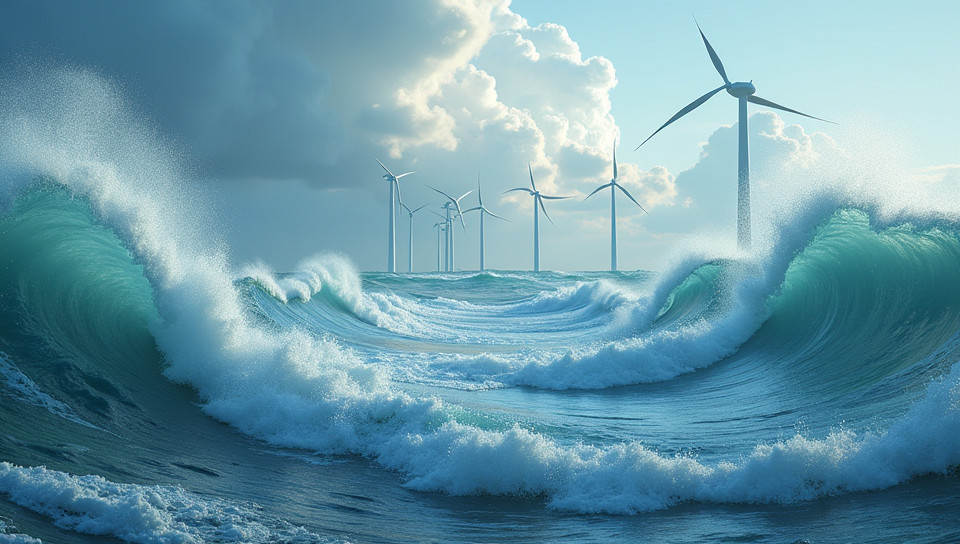The tidal movements can be harnessed to generate electricity 58%

Harnessing the Power of Tides: A New Frontier in Renewable Energy
As we continue to grapple with the challenges of climate change and energy sustainability, researchers and innovators are turning to an often-overlooked source of power: tidal movements. The ebb and flow of ocean tides have long been a natural wonder, but what if we could harness this energy to generate electricity? In this article, we'll explore the potential of tidal power and how it can become a significant contributor to our renewable energy mix.
What is Tidal Power?
Tidal power is a form of renewable energy that captures the kinetic energy of ocean tides. This energy is generated by the gravitational pull of the moon on the Earth's oceans, causing water levels to rise and fall in a predictable cycle. By installing underwater turbines or other devices, we can convert this movement into electricity.
The Benefits of Tidal Power
Tidal power has several advantages over traditional forms of renewable energy:
- It is highly predictable, with tidal patterns following a consistent schedule.
- It has a high capacity factor, meaning that it can generate electricity at a steady rate for extended periods.
- It can be deployed in areas with high population density and economic activity, such as coastal cities.
How Does Tidal Power Work?
Tidal power systems typically involve one of two main technologies:
- Tidal Stream Generators: These underwater turbines are designed to capture the kinetic energy of tidal currents. They consist of a rotor attached to a generator, which converts the mechanical energy into electricity.
- Barrage Systems: These structures are similar to traditional dams but are specifically designed to harness tidal power. Water flows in and out of the barrage, driving turbines and generating electricity.
The Future of Tidal Power
As technology continues to advance and costs decrease, tidal power is poised to become a major player in the renewable energy market. With its high predictability and capacity factor, it can provide baseload power to support grids and help reduce our reliance on fossil fuels.
In conclusion, harnessing the power of tides offers a promising new frontier in renewable energy. As we move forward with this innovative technology, we'll be one step closer to a more sustainable future for our planet.
- Created by: Benicio Ibáñez
- Created at: Aug. 17, 2024, 10:30 p.m.
- ID: 7613








